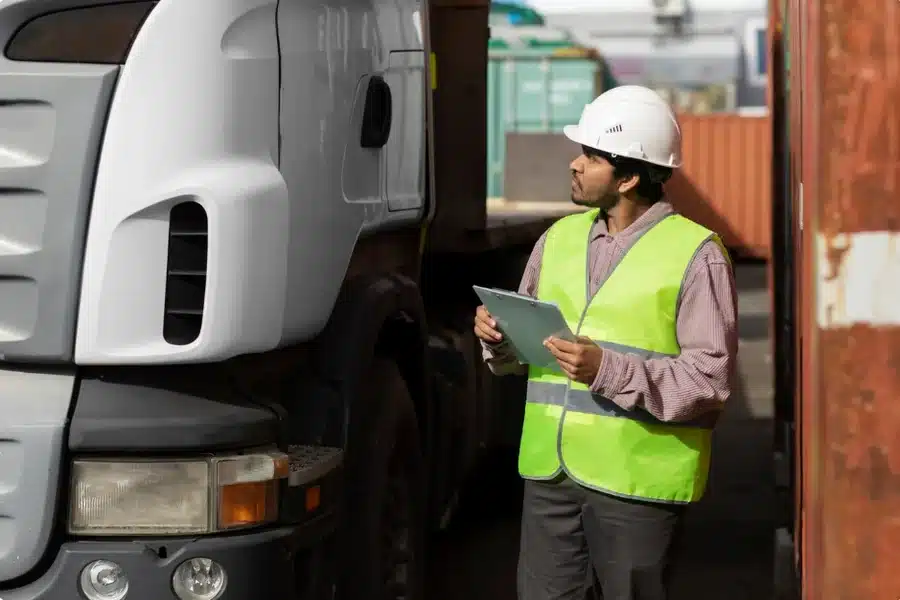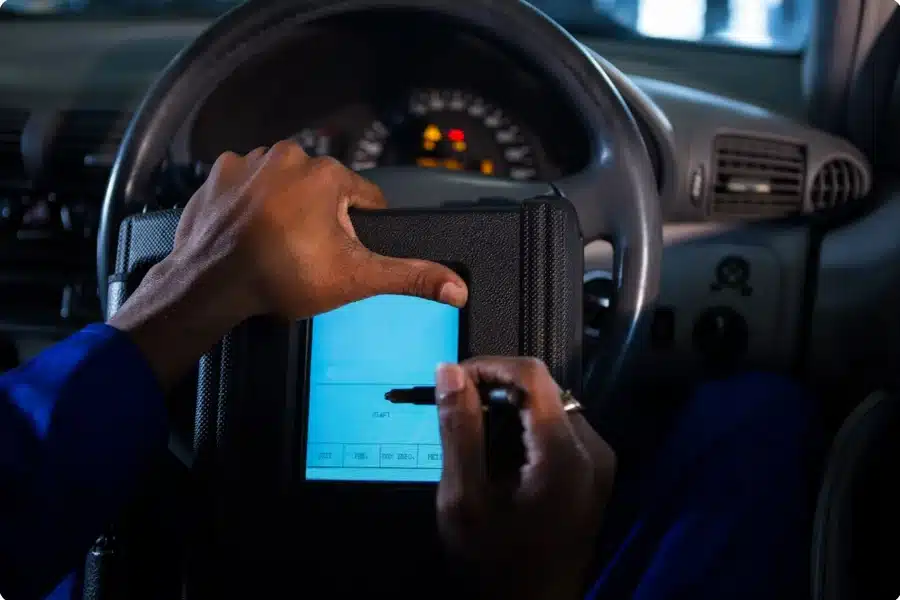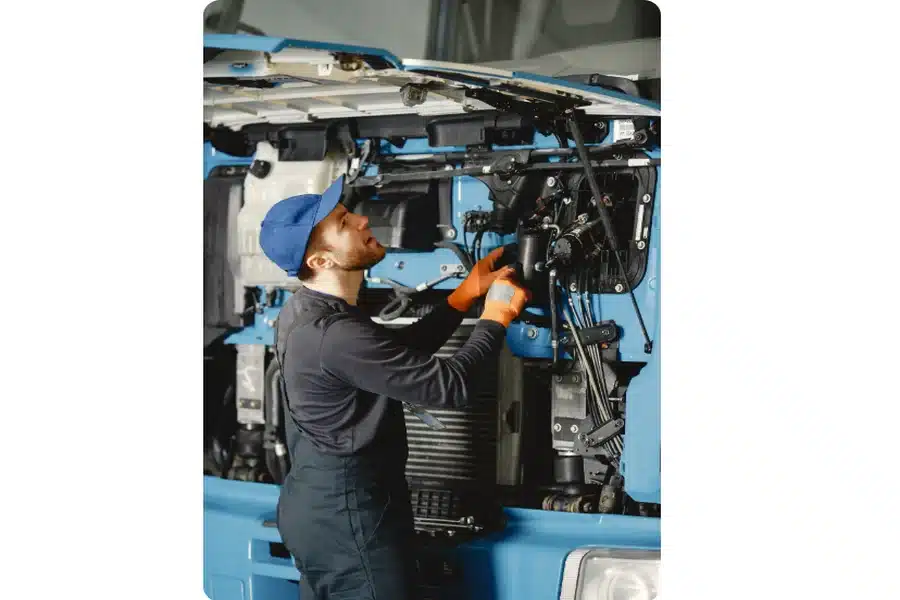How Trucking Regulations Are Impacting Independent Drivers

The trucking industry is vital to the global economy. Truckers move freight and facilitate transportation, which economic experts use as an economic indicator.
Transportation is such a key sector in the economy that it contributes to the U.S. GDP, which was $1,747.1 billion in 2022, to the American economy.
As most people know, independent truck drivers or owner-operators are an important segment of the trucking industry. They, too, help deliver the goods that keep the economy moving.
With the recent industry-wide regulatory crackdowns, independent drivers are hitting a wall with more and more obstacles. These regulations will help make transportation systems safer, less polluting, and more equitable.
Although designed with good intentions, for some of these truckers, the regulations are just right, and for some, the regulations are a bit draconian. From compliance costs to limitations on driving hours and equipment, these regulations are changing the game for independent drivers.
This article examines how new trucking regulations are impacting independent drivers, the challenges they face, and how they are adjusting to meet these new demands.
1. The Growing Burden of Compliance Costs
Trucking industry regulations have had some of the most far-reaching implications for independent drivers in recent years. One of the most far-reaching is the increasing cost of compliance.
In this era of tightening laws, independent truckers need to continue their operations legally. Besides keeping informed through trucker news, they are forced to pour money into new equipment. Independent truckers are having to invest in new technology and new training measures.
For example, independent drivers are embracing the use of Electronic Logging Devices (ELDs) to monitor their driving hours. ELDs make it easier to track how long drivers are on the road. They keep drivers within Hours of Service (HOS) limits, which restrict how much time drivers can spend driving each day.
ELDs certainly make the roads safer, but they do cost the trucking industry something. The costs of acquiring and installing the devices are high. Add to these high costs the data storage and maintenance cost that goes on in perpetuity.
Besides ELDs, drivers are dealt another blow with new emissions standards. In response, trucks these days have to abide by stricter environmental regulations. These new emission standards have incentivized independent drivers to upgrade their fleets.
The upgrades help reduce air pollution. On the flip side, they create an additional financial burden. Truck owners now have extra budgets for retrofitting or replacing engines.

2. Equipment And Maintenance Requirements
The current trucking regulations include stringent equipment standards. Yet, independent drivers have to go deep into their own pockets for supplies. It’s the only way for them to ensure the trucks they drive meet all safety specs expected by safety regulations.
Whether it’s about having functioning underride guards and brake systems, and proper tire standards, independent drivers have to foot the costs.
Trucks must also pass strict inspections regularly. A truck that fails an enforcement inspection for problems like inoperable brakes, lights, or an emissions violation is taken out of service until the problem can be fixed.

3. Impact of Environmental Regulations
One of the biggest areas where drivers find themselves on their own is Environmental regulations, which are another significant area where independent drivers are left holding their bags. New, stricter emissions standards are being rolled out to help lower the trucking industry’s carbon footprint. These PM standards are becoming stricter, demanding that newer trucks emit less nitrogen oxide (NOx) and particulate matter.
For independent truckers with older trucks, it puts them in a real tough spot. To comply with the latest emissions standards, they may be forced to upgrade or replace their trucks.
Additionally, a number of areas, particularly cities, are adopting low-emission zones in which older trucks will be unable to run. Small independent drivers who predominantly operate in these areas will either have to buy newer, greener trucks to comply.
4. Driver Onboarding And Training Requirements
The national trucking industry’s heightened emphasis on safety has resulted in more rigorous driver training and onboarding standards. Independent drivers who contract with other drivers to drive their vehicle to expand their independent, small-business enterprise are especially hard.
These new federal regulations now require much more in the way of extensive training, such as safety-related coursework and drug and alcohol testing.
Drivers in commercial trucking undergo intense training. New drivers are required to pass X hours of classroom training and Y hours of behind-the-wheel instruction before they’re permitted to operate a commercial vehicle alone.
5. Hours of Service (HOS) Regulations
Hours of Service (HOS) regulations are among the most closely watched rules in the trucking industry. These regulations help keep fatigued driving off our roads by making sure that drivers take required breaks, so they don’t fall asleep at the wheel. For these independent drivers, HOS rules are often inflexible and limit their potential earnings.
Under the current HOS rules, drivers can only drive 11 hours in 14 hours before taking a 10-hour break. These limits are not a cup of tea for every independent trucker. Independent drivers prefer to operate as such.
Having no one to enforce these limits except them. Their goal is more towards maximizing driving time to boost their earnings. Owner-operators in particular believe that these rules prevent them from making long-haul trips in the most efficient way possible. These regulations mean they reduce the number of jobs they can accept.
Conclusion
Trucking regulations are meant to promote safety, protect the environment, and increase operational efficiency. But they also have a downside. They come with rising compliance costs. These regulations mean stringent equipment upgrade requirements.
As such, they are drastically shifting the business landscape for owner-operators. Independent drivers are making the pivot themselves, investing in new technologies, working together with larger operators and each other. They’re pushing for policies that align with their interests.
The future of the trucking industry will no doubt bring additional and further-reaching regulatory changes. Independent drivers will need to adapt more quickly and innovatively than ever to keep up.
